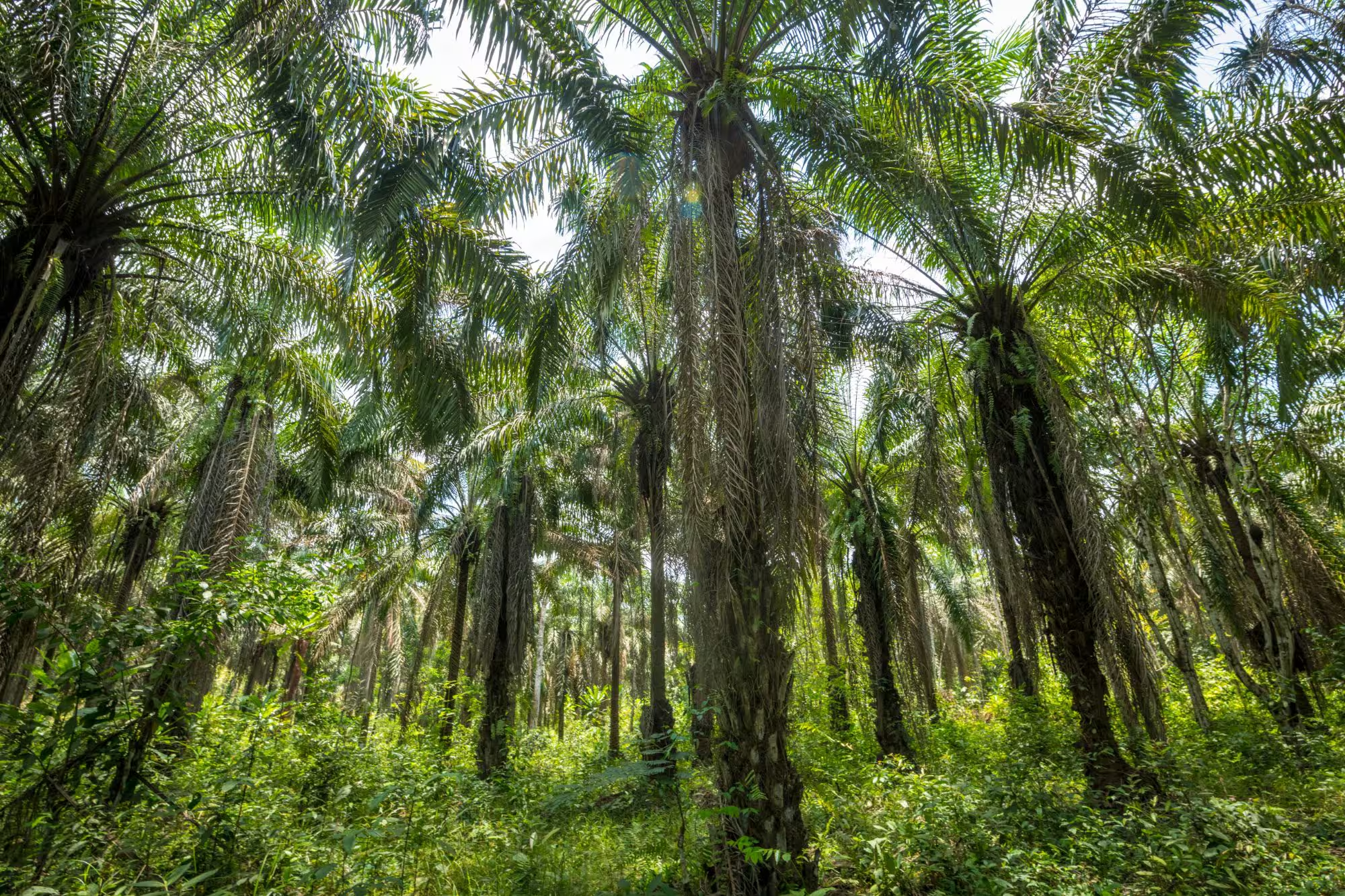A collaborative research agenda to support bird and bat biodiversity in Liberian oil palm plantations

Palm oil is a significant component of many diets today, making it crucial to understand the impact of palm oil plantations on biodiversity. This project explores the ecological impacts of oil palm cultivation in Liberia, through a collaborative effort between the University of Cambridge, the University of Liberia, and Golden Veroleum Liberia, a leading oil palm company. The research is supported by the Forestry Development Authority of the Liberian government and international academic partners, aiming to understand the environmental changes brought about by this industry.
Over the last two years, the project has established a network of monitoring plots in Southeast Liberia, located in the rainforest, community agriculture with wild-growing palms (called ‘country palm’), and industrial oil palm plantations. Working with local communities, a variety of ecological conditions across the monitoring plots has been sampled, including abiotic conditions like temperature, the biodiversity of the major species groups including plants, and levels of ecosystem functioning such as resource removal. By comparing ecological conditions across plots, it aims to identify particularly sensitive parts of the ecosystem that are affected by oil palm cultivation, paving the way for future interventions that can help to offset any impacts while ensuring that oil palm productivity is maintained or possibly even increased by enhancing the biodiversity of species that help oil palm to grow.
The project also expanded the existing ecological surveys to include the biodiversity of birds and bats – two incredibly functionally and culturally important animal groups – and understand how landscape-scale factors (such as the presence of non-oil palm habitat within plantations) affect bird and bat biodiversity. Preliminary findings indicate that oil palm cultivation causes a change in bird and bat communities, with some species benefitting from cultivation and others being negatively affected. Hence, the existing information on the ecology of these species can be utilized to understand why they are affected in particular ways.
Michael Pashkevich Jr is a member of the Department of Zoology. This project is also a part of Cambrige-Africa.
